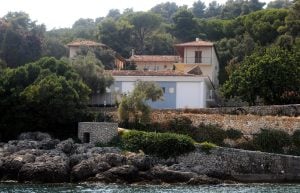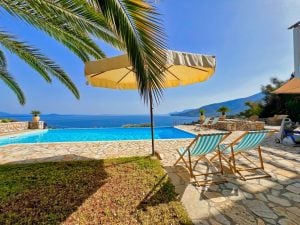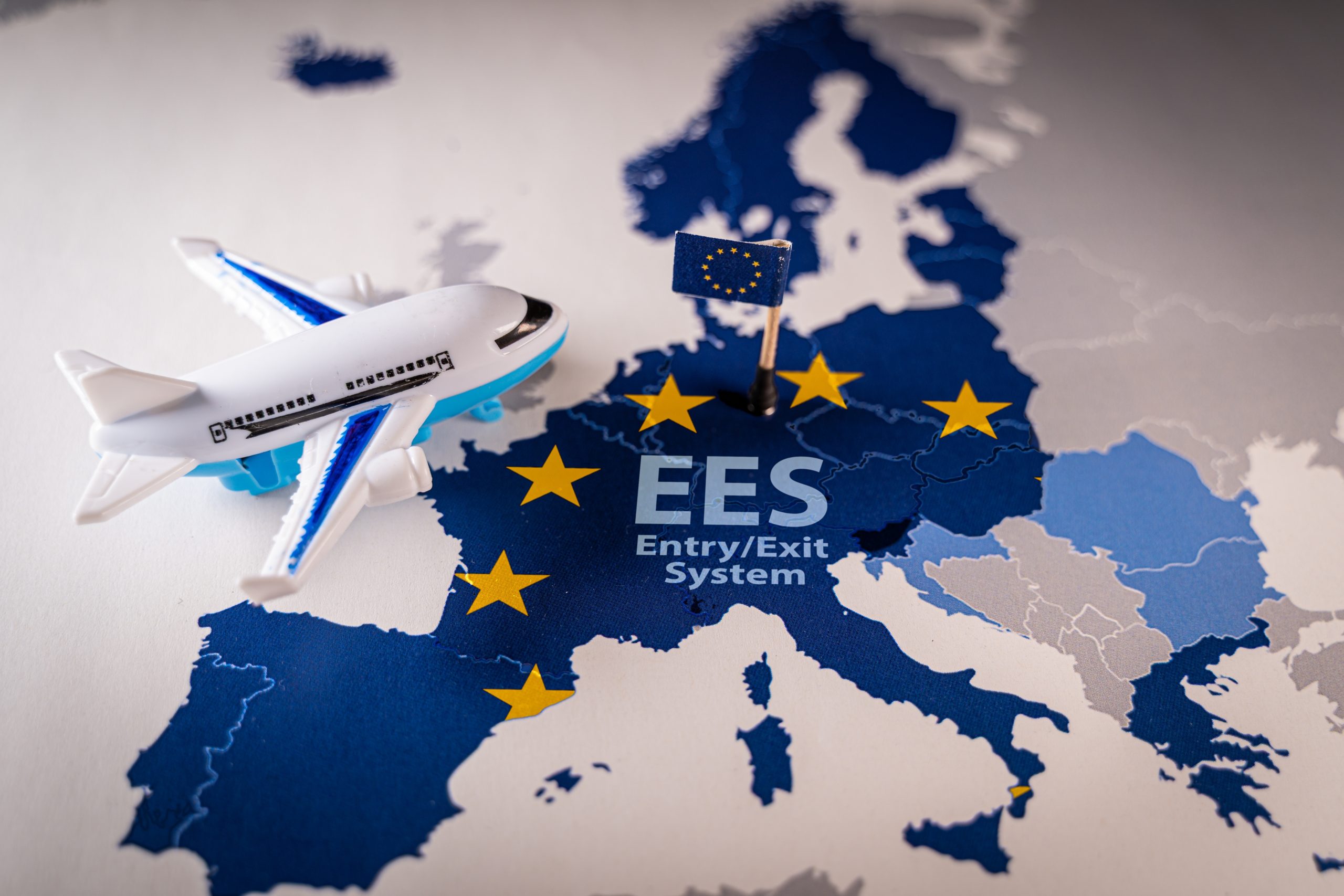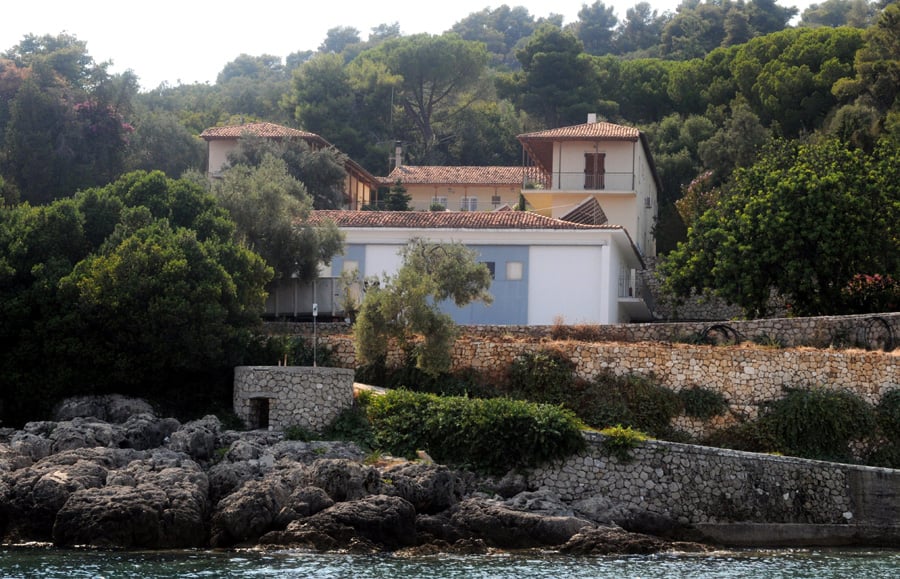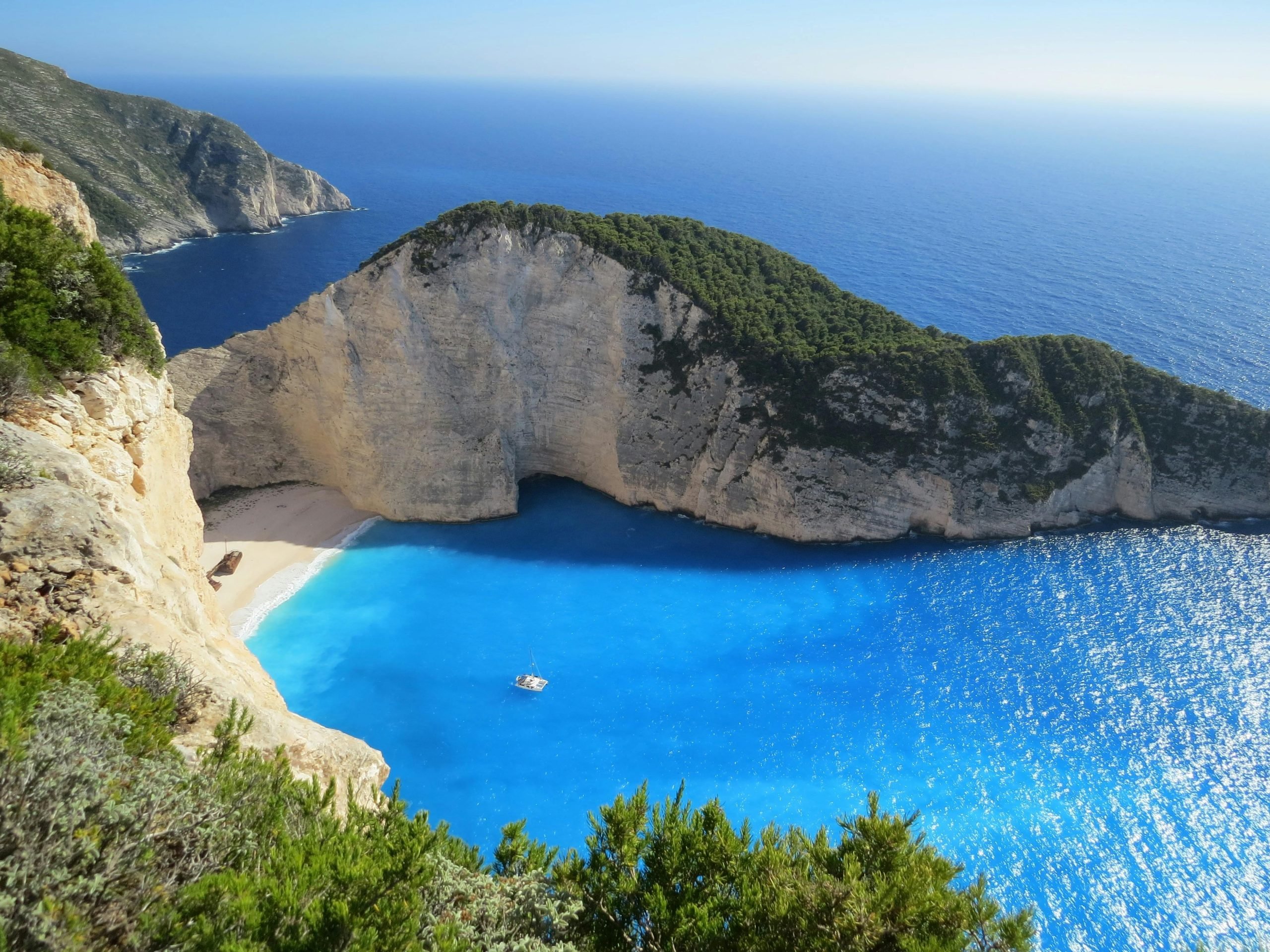The antiparochi system started in 1929, and it changed the shape of Athens forever, both architecturally, economically, and socially. What was antiparochi? And why did it become so popular in Athens? What impact does it have on Athens today?

The Need for Housing
Athens had an urgent need for housing in the early 1900s. The first increase in population came in 1922 with the Greek-Turkish population exchange. 1.5 million refugees left Turkey and were sent to Greece. The population of Athens increased from 200,000 to 500,000 in just a few months.
During the Second World War, Greeks also came into the city from the countryside, where the war was creating poverty. Later, in the 1950s, 500,000 internal migrants moved to Athens, and the population doubled again.
Because of these two periods of migration, Athens desperately needed housing in the capital.

The Solution: Antiparochi
Antiparochi was invented as a way to find housing for Athens’s new residents. Antiparochi translates roughly to “mutual exchange.” Here’s how it works: The landowner gives a plot of building land to a constructor, who builds an apartment block. In exchange, the landowner receives a number of apartments in the completed building. This way, constructors could develop projects without having to invest heavily in purchasing plots.
Today, these buildings are called “polykatoikia.” If you’ve been to Athens, you’re used to the sight — tall, uniform concrete apartment blocks with uniform balconies, extending as far as the eye can see.
According to Panos Dragonas, professor of Architecture at the University of Patras, there was no specific law which said this transaction could happen. The Greek people themselves thought of it. The government, seeing the many benefits, did not regulate the situation. They only added a few restrictions, like a limit on the height of the apartments and a ban on building over archaeological sites.
The Greek government’s idea was to boost construction in order to strengthen the Greek economy. The tax system at the time also favoured new buildings because property transfers (as opposed to new constructions) had a high tax. For contractors, low building costs were ideal because it meant they didn’t need a large loan to start building.

The Benefits of Antiparochi
Because of the antiparochi system, thousands of Greeks were able to find work building, and to send money back to their families in the countryside. Between 1950 and 1977, when the polikatoikia system was popular, the economy grew by 7.7% each year, second only to Japan. This is mainly because of the construction industry.
Some people even say that the antiparochi system ended the civil war in Greece, which was fought from 1946 to 1949. Panos Dragonas, professor of Architecture at the University of Patras, says that “antiparochi turned the polarised society of the 1940s into a wide middle class.” So there was no need for conflict between the rich and poor. Instead of rich districts and lower-class districts, everyone lived together in the same buildings — the polikatoikies.
The Disadvantages of Antiparochi
With such a quick building system, the city was able to grow quickly, but every neighborhood ended up looking the same. Architecture lovers were sad to see that the Neoclassical mansions were replaced by a wall of concrete.

What’s Left of “The Old Athens?”
Some of Athens as it was before the rise of polikatoikies is still preserved in the city center. The government put into action laws to protect the Neoclassical buildings that survived, especially in the Plaka neighborhood next to the Acropolis.
The Acropolis of course was not affected by the tall concrete apartment buildings built in the rest of the city. The site of the Parthenon is still just as impressive today, with no polikatoikies nearby and a small forest that separates it from the rest of the city. Although it is a touristy area, it remains especially beautiful. Besides the Acropolis, Athens is starting projects for new parks and walking areas all over the city.
Akadimia Platonos
One area of Athens undergoing change is Akadimia Platonos, in the inner west side of the capital. This area has historically been underdeveloped but will be the new home to Plato’s Academy, an underground museum that will soon house thousands of ancient artifacts.
In all, it will span 13,500 square meters, and will come complete with an amphitheater, as well as connected parks and picnic areas.

Antiparochi Today
A new tax law was put in place in 2006, forcing the land owner to pay VAT on the value of the apartments he gets from the builder. Of course, this slowed down antiparochi agreements and made them less popular. Today, construction companies usually buy a building plot (instead of exchanging it).
Most people thought that antiparochi was bad for the city and that it destroyed the architecture of the city, but this is not entirely true. The antiparochi system provided a roof for many low-income families in Greece, who lived in a country without a housing policy. In the early 1990s, the polikatoikia of the city center became undesirable for both Greeks and foreign visitors, since homes in the suburbs became more desired.

Can I Stay in a Polikatoikia?
Yes, you can. On Airbnb, many condos, studios, and apartments are available for rent in polikatoikies from the days of the antiparochi system. Staying in these buildings means living in a piece of Athens’s history.



